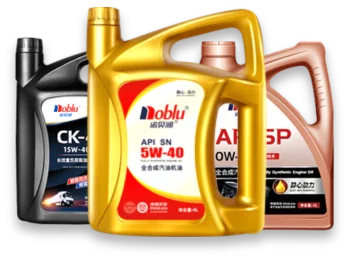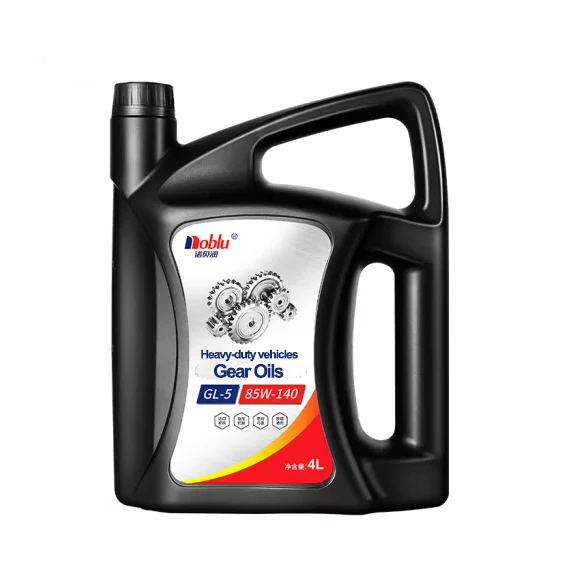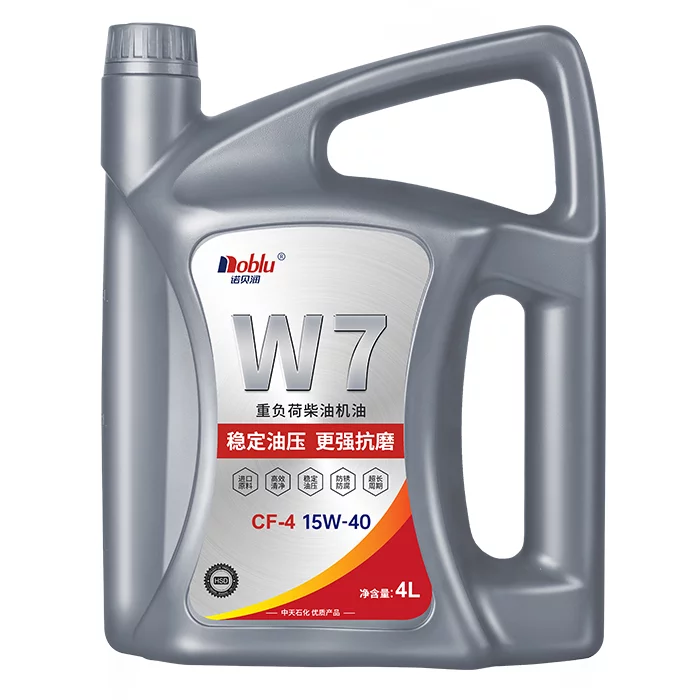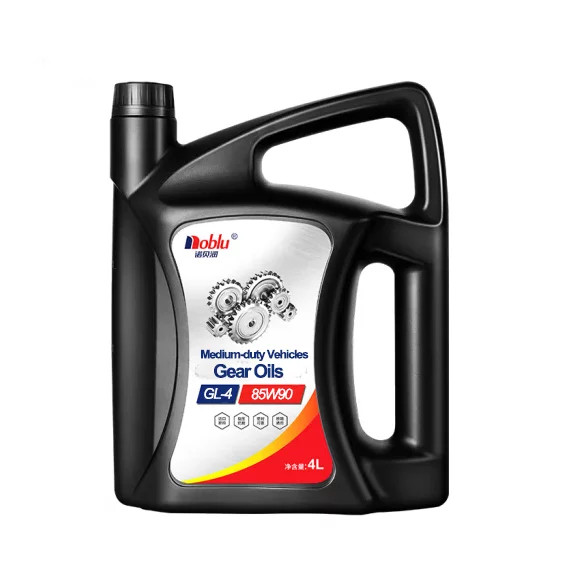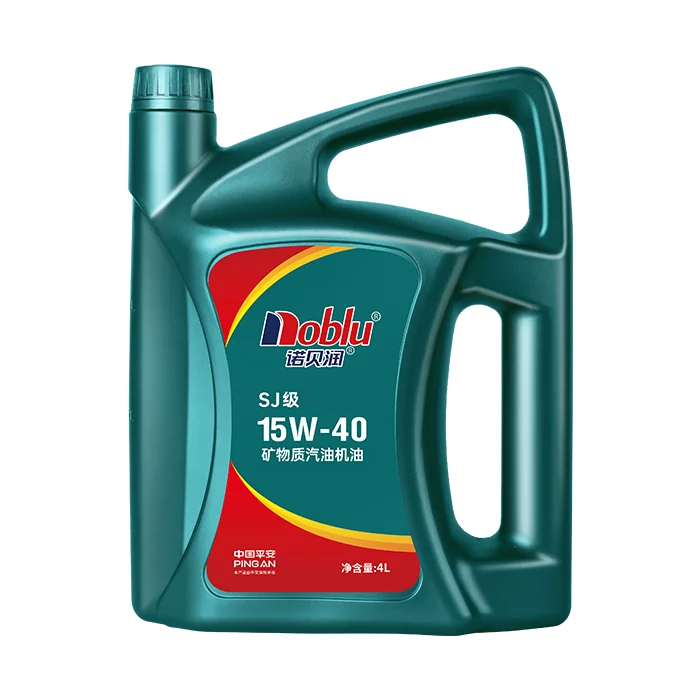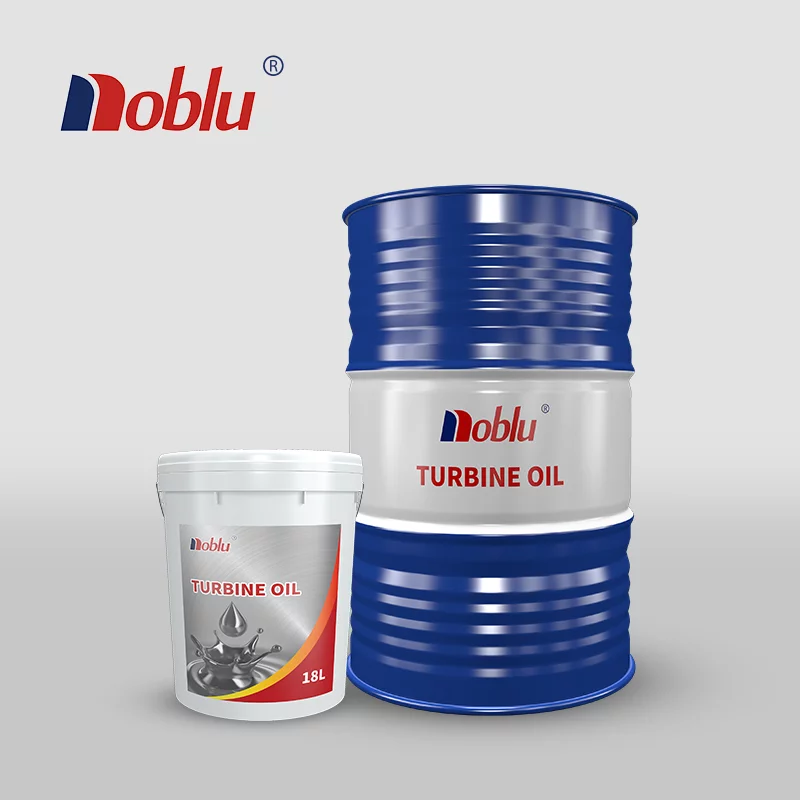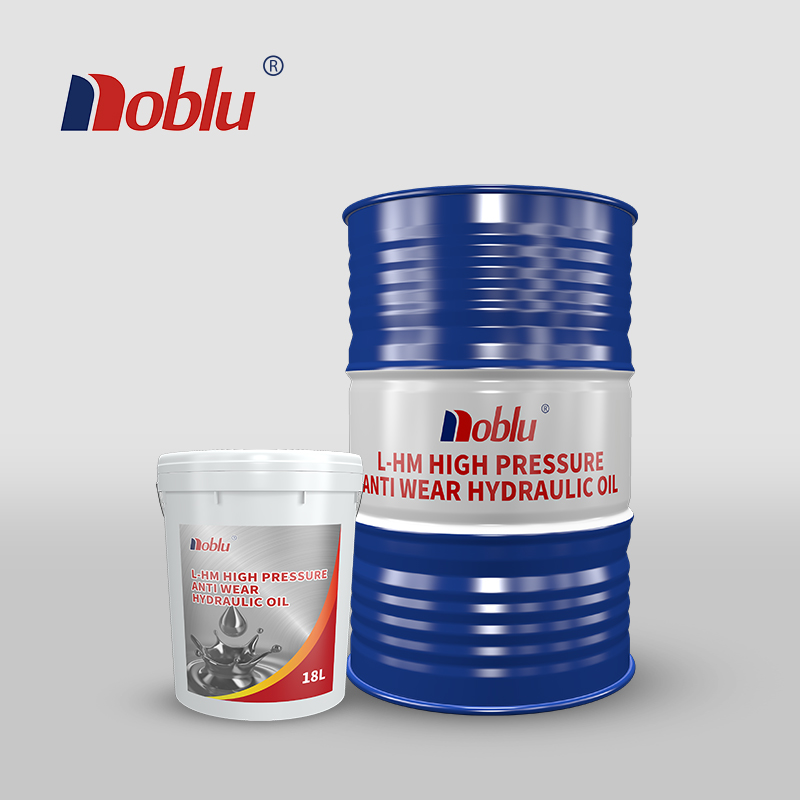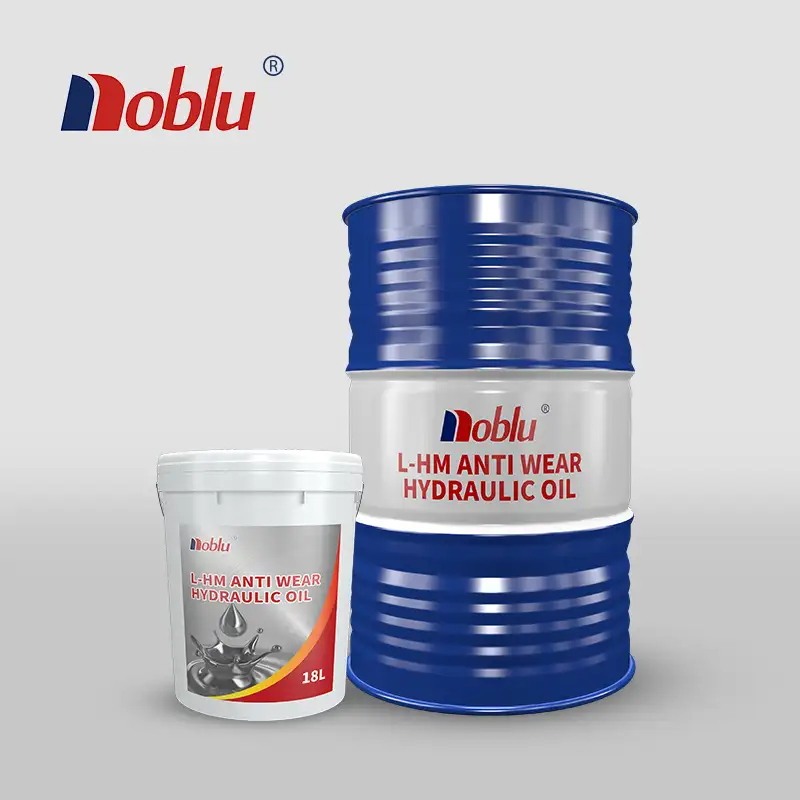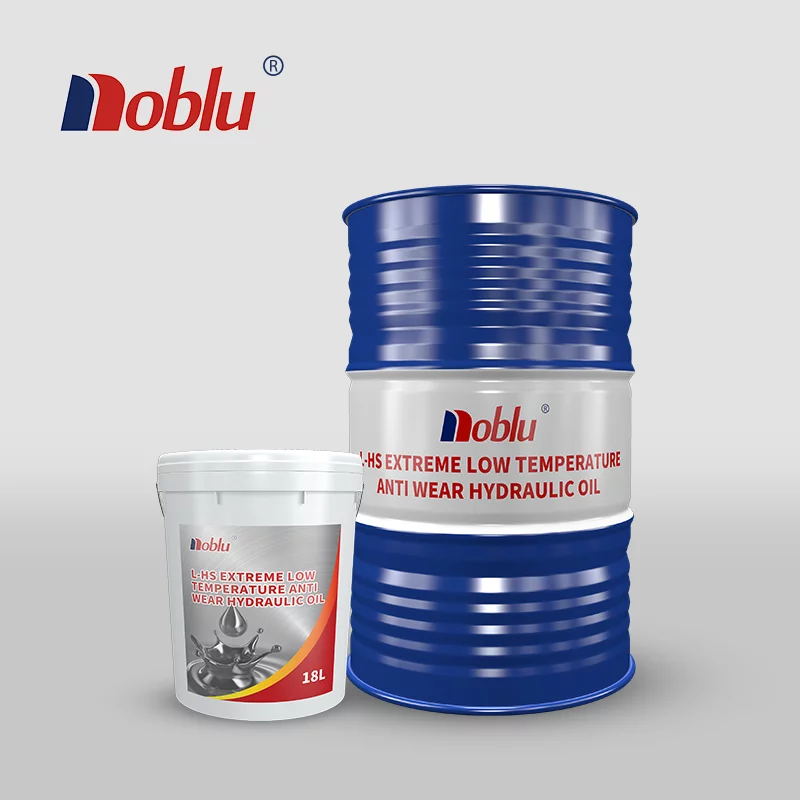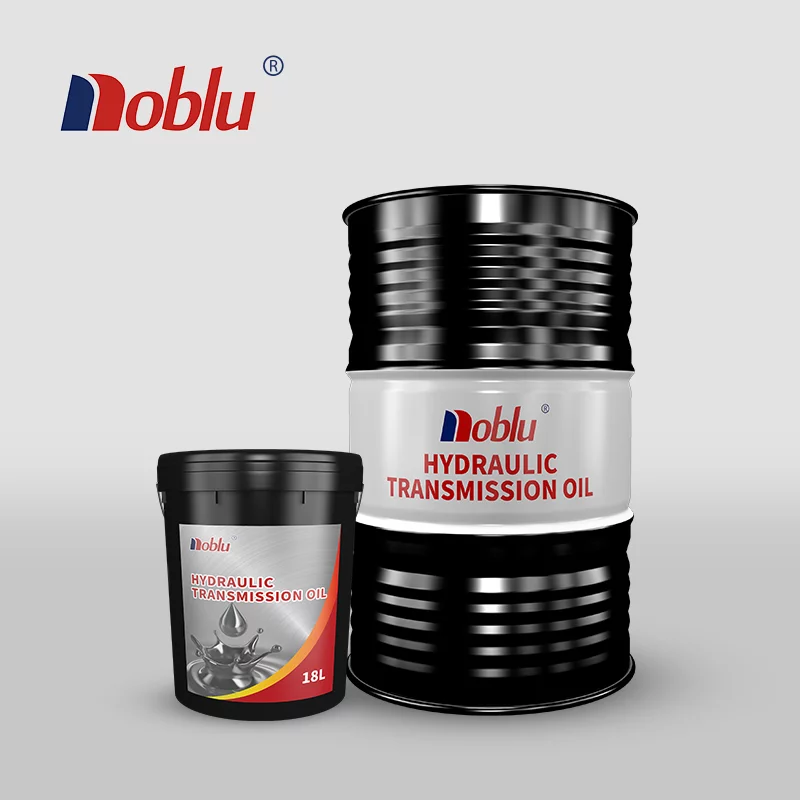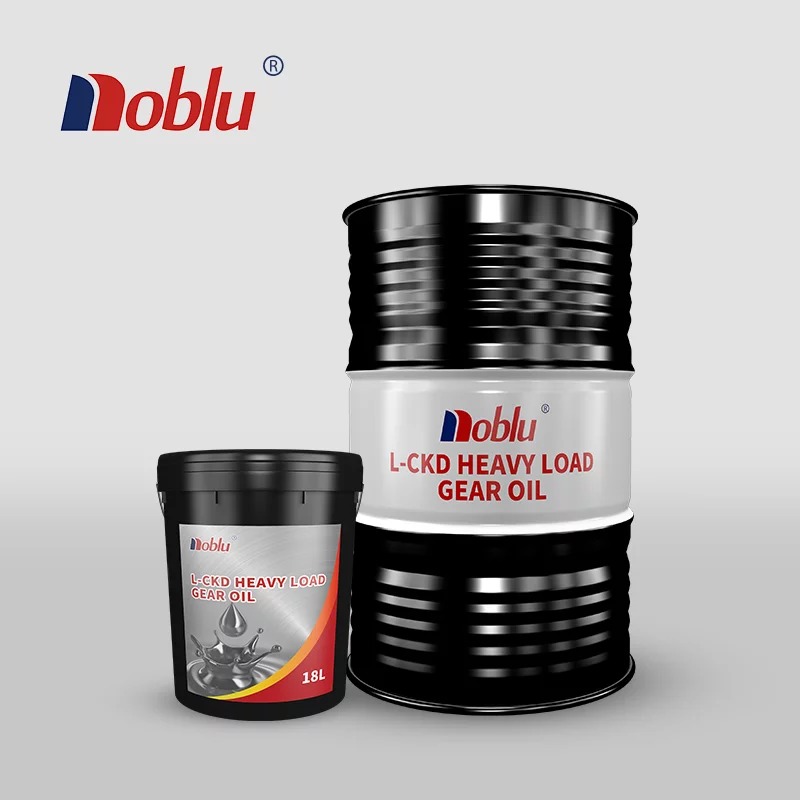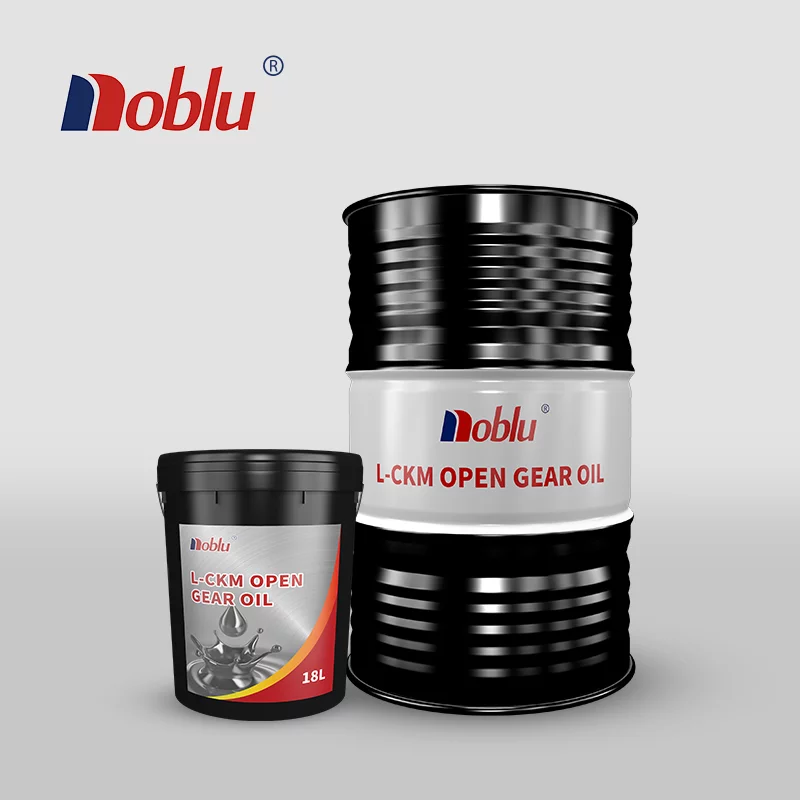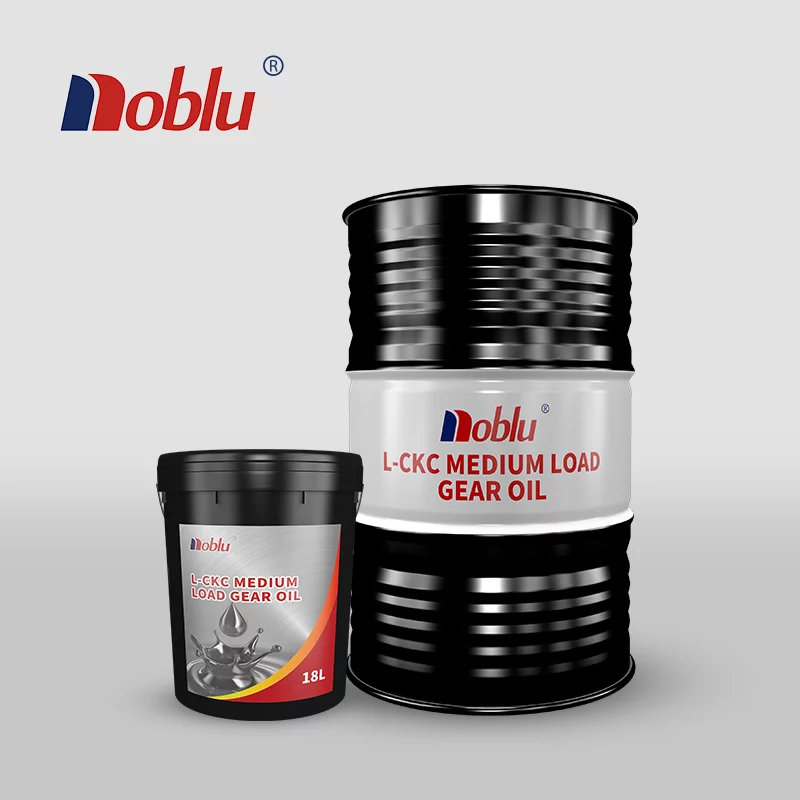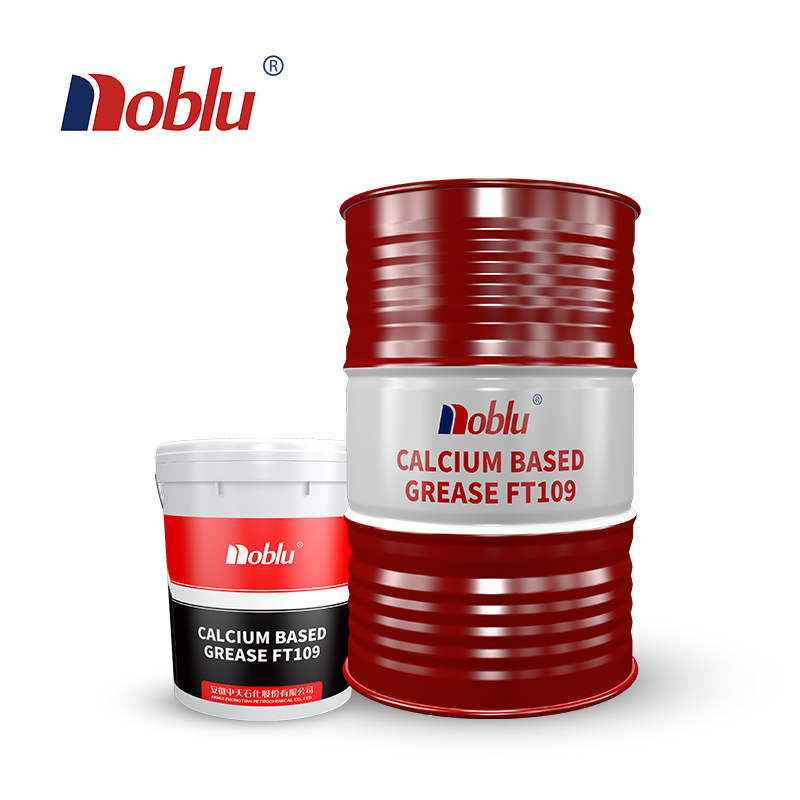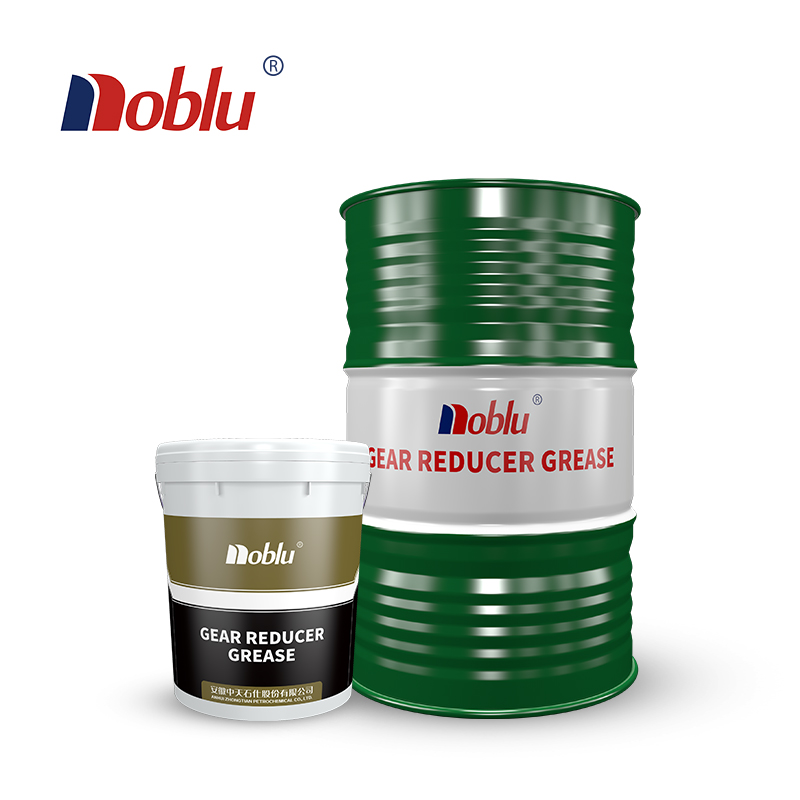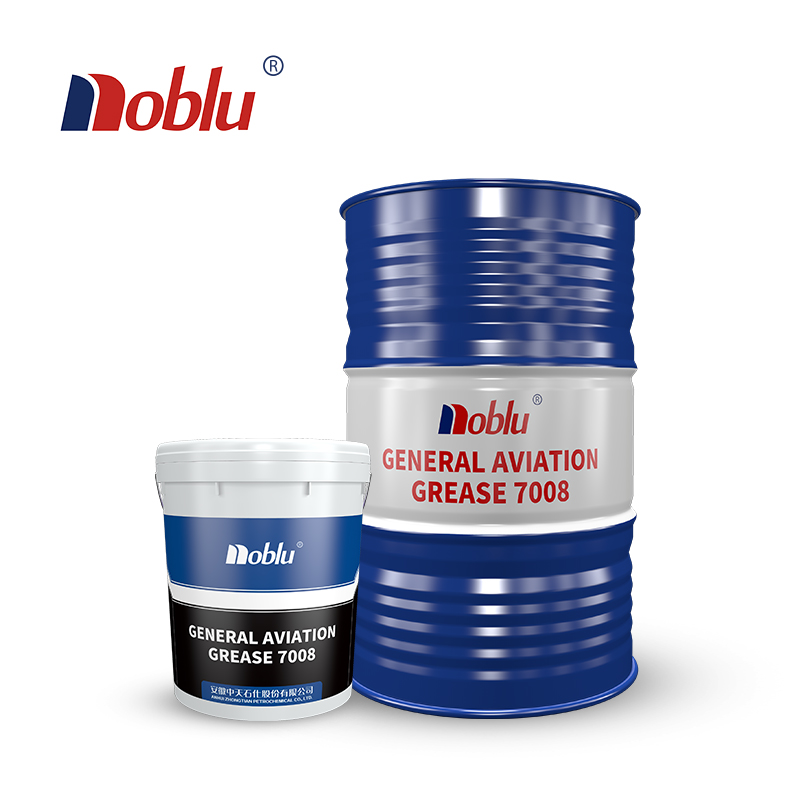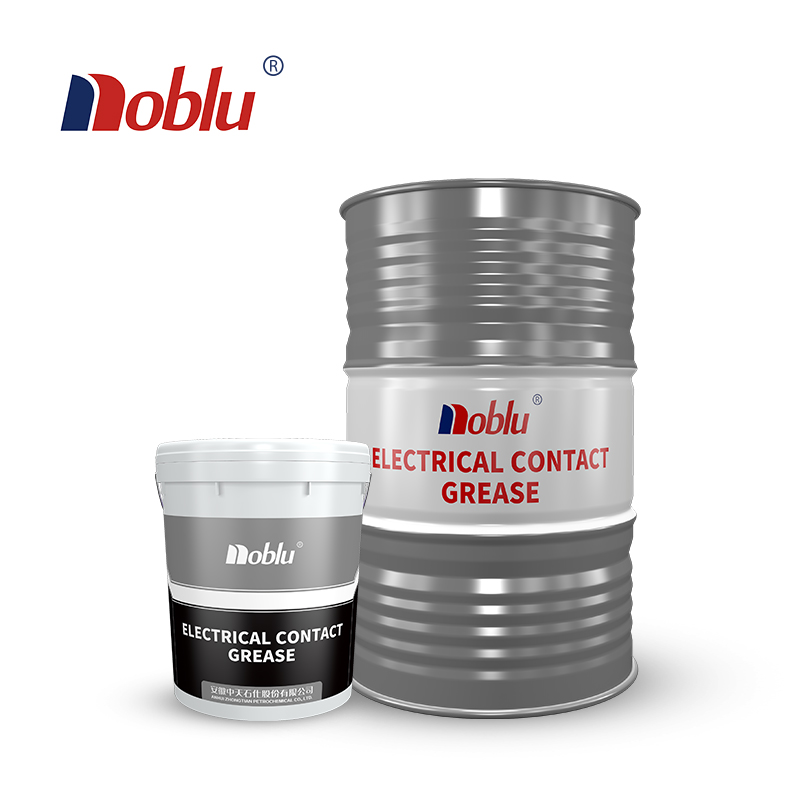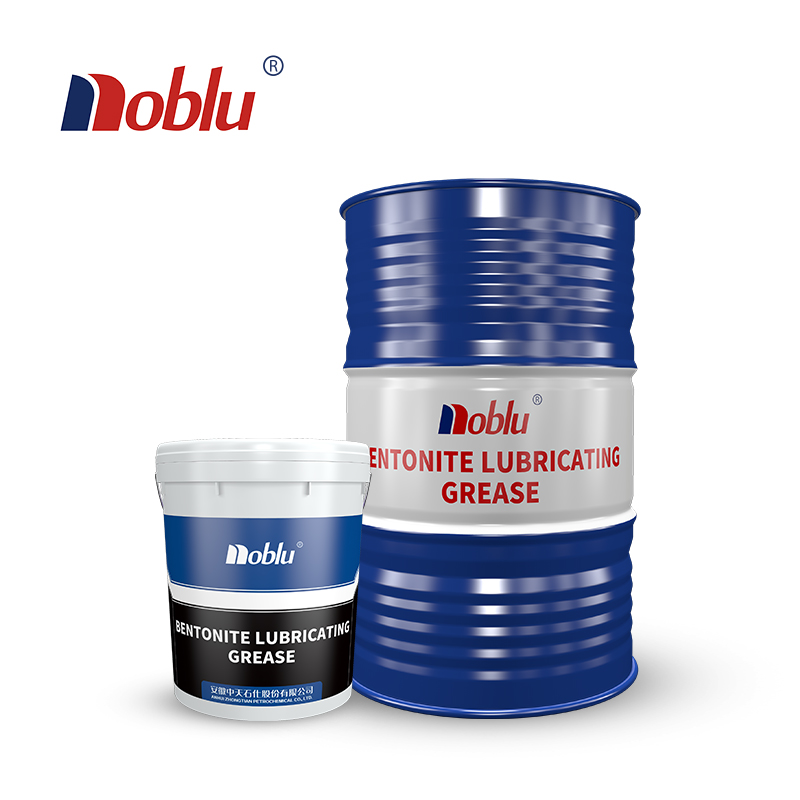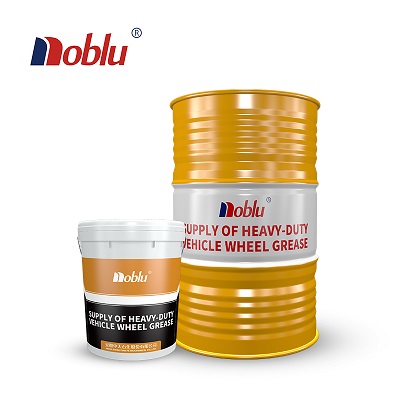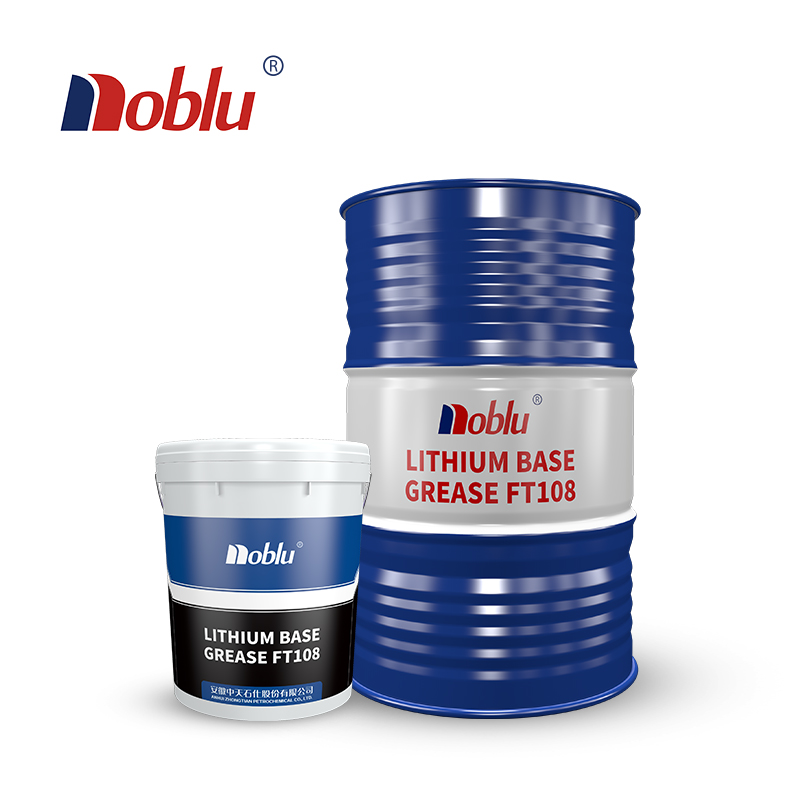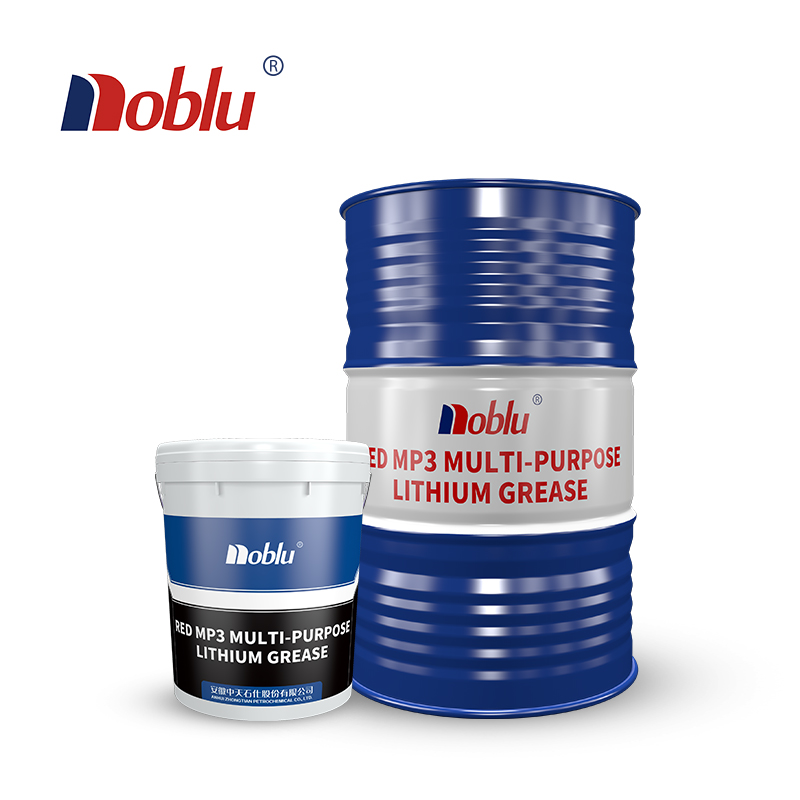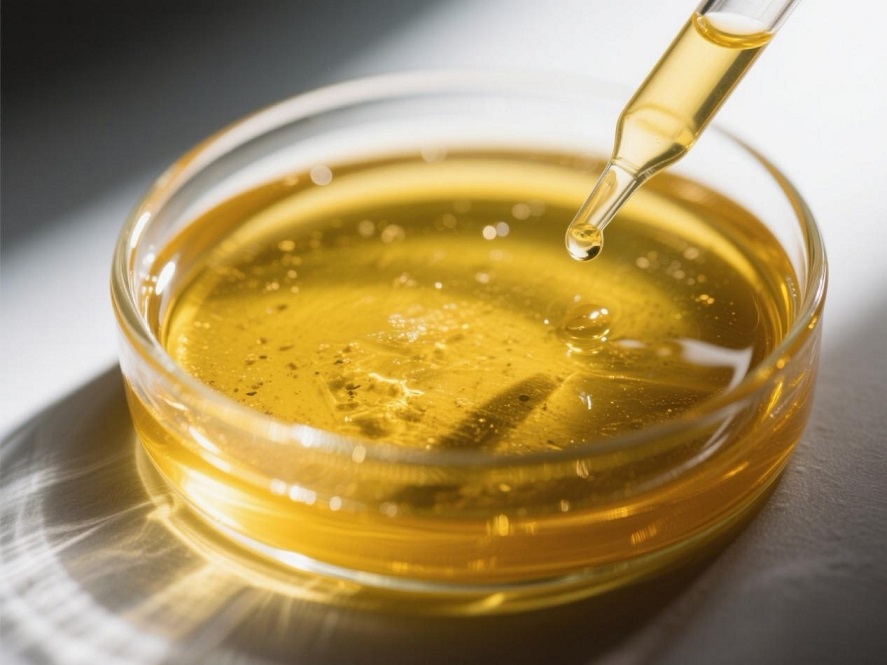まとめ
Low temperature hydraulic oil keeps hydraulic systems flowing in the cold. Standard oils thicken and slow down machinery at low temperatures. Specialized low‑temp oils maintain low viscosity and strong lubrication down to −40 °C or below. They also resist oxidation, offer thermal stability, and meet environmental standards. The global low temperature hydraulic oil market was valued at USD 3.5 billion in 2022 and is projected to reach USD 5.8 billion by 2030, growing at a CAGR of 6.5%. Choosing the right grade ensures smooth startup, reduces wear, and boosts energy efficiency in cold climates.
低温作動油とは何ですか?
Low temperature hydraulic oil is a formula made for cold environments. It contains:
- ベースオイル: Often synthetic, with a low pour point.
- Viscosity Modifiers: Additives that keep oil fluid at low temperatures.
- Anti‑Wear Agents: Protect metal parts under high pressure.
- Antioxidants and Corrosion Inhibitors: Keep oil stable at high and low ends.
These oils flow easily at subzero temperatures, preventing startup failures and pump cavitation.
Key Features
1. Good Low‑Temperature Fluidity
Advanced viscosity modifiers ensure the oil stays thin. It flows smoothly at −40 °C and below.
2. Excellent Lubrication at Low Temperatures
Special additives maintain a strong lubricating film. This reduces friction and wear during cold starts.
3. Oxidation Resistance & Thermal Stability
Even in hot operation, the oil resists breakdown. This extends service intervals and keeps systems reliable .
4. Environmental Protection
Many low‑temp oils meet biodegradability standards like OECD 301 B. This reduces environmental impact in case of leaks.
技術仕様
| 財産 | 標準値 | 試験方法 |
|---|---|---|
| 流動点 | ≤ −45 °C | ASTM D97 |
| Viscosity @ −20 °C (cSt) | ≤ 1,500 | ASTM D445 |
| Viscosity @ 40 °C (cSt) | 20–46 | ASTM D445 |
| 粘度指数 | ≥ 140 | ASTM D2270 |
| Oxidation Stability (100 °C, 500 h) | ΔPressure < 25 kPa | ASTM D943 |
| Water Separation (82 °C, 2 h, %) | ≤ 1 | ASTM D1401 |
| 腐食防止 | 合格 | ASTM D665 |
| Biodegradability (28 d, %) | ≥ 60 | OECD 301 B |
(Data aggregated from supplier datasheets and industry sources)
Market Size & Growth
| 年 | Global Low‑Temp Hydraulic Oil Market (USD B) | 年平均成長率 |
|---|---|---|
| 2022 | 3.5 | — |
| 2025 | 4.5 (est.) | 6.5% |
| 2030 | 5.8 | — |
Forecast data from industry analysts. Growth driven by oil & gas, construction, agriculture in cold regions.
アプリケーション
Construction & Mining
Machines in Arctic or high‑altitude zones use low‑temp oils for pumps, cylinders, and valves.
Forestry & Agriculture
Cold‑climate tractors and harvesters rely on these oils for early winter startups.
海洋・オフショア
Polar shipping and offshore rigs need hydraulic systems that work in freezing sea air.
Energy & Utilities
Wind turbines and pipeline controls in cold climates maintain flow and control accuracy.
Selecting the Right Grade
- Lowest Ambient Temp: Choose oil with pour point at least 10 °C below lowest expected temp.
- System Pressure & Flow Rates: Higher pressures need stronger anti‑wear packages.
- OEM Recommendations: Always follow equipment maker specs for viscosity grades.
- Environmental Standards: Biodegradable options for sensitive areas near water.
Benefits of Low‑Temp Oils
- Reduced Startup Wear: Prevents pump cavitation and bearing damage.
- Improved Energy Efficiency: Lower viscosity cuts hydraulic losses by up to 8% in cold climates.
- Lower Maintenance Costs: Longer oil life and fewer cold-related failures.
- Environmental Compliance: Biodegradable formulas reduce spill impact.
結論
Low temperature hydraulic oil is essential for reliable cold‑climate operations. Its fluidity, lubrication strength, and stability lead to safer startups, reduced wear, and lower costs. As the market grows to USD 5.8 billion by 2030, industries in cold regions stand to benefit most. For expert-grade low‑temperature hydraulic oils, visit Zhongtian Petrochemical at 翻訳元.

